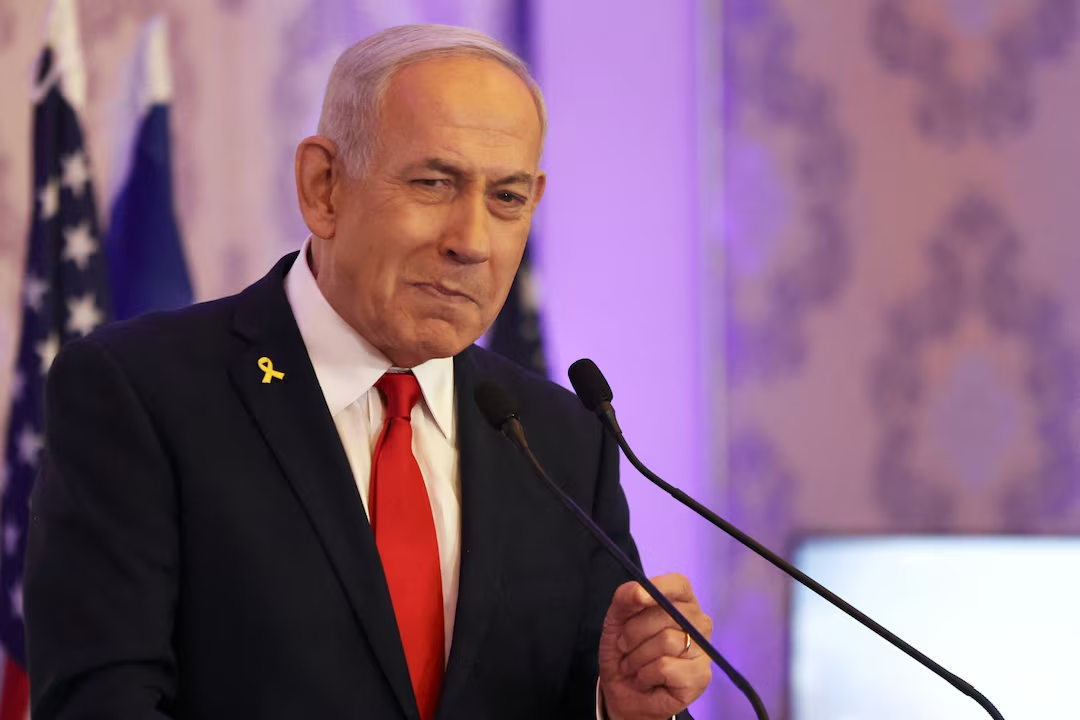On Monday, August 11, the Israeli army began intensive air and ground bombardment of eastern Gaza City, following Prime Minister Benjamin Netanyahu’s statement that he expects the assault on the city to end “relatively quickly.”
Israeli tanks and warplanes targeted the neighborhoods of Sabra, Zeitoun, and Shuja’iyya on the city’s eastern outskirts, prompting many families to flee westward. Residents told Reuters it was one of the worst nights in recent weeks, heightening fears of preparations for a deeper military incursion.
Hamas says the city now holds around one million people, many displaced from northern Gaza. The Israeli military said its forces opened fire on Hamas fighters and, the previous day, destroyed a rocket launch pad in eastern Gaza City allegedly used to fire at Israel.
Netanyahu said on Sunday he had ordered the military to speed up its new operation, telling commanders, “I want to end the war as quickly as possible, and that’s why I’ve ordered a shorter timetable for capturing Gaza City.”
On Friday, Germany, a key Israeli ally, announced it would halt exports of military equipment that could be used in Gaza. The UK and other European allies also urged Israel to reconsider its decision to escalate military operations.
U.S. Ambassador to Israel Mike Huckabee told Reuters that some countries appeared to be pressuring Israel rather than Hamas.
Meanwhile, the Israeli army carried out an airstrike on the Al-Shifa Hospital compound in Gaza, killing six prominent Al Jazeera journalists, including Anas Al-Sharif. The killings drew widespread condemnation from journalists and human rights groups. Israel confirmed Al-Sharif’s death, claiming he was a Hamas commander.
According to Gaza’s media office, 238 journalists have been killed since the war began on October 7.







